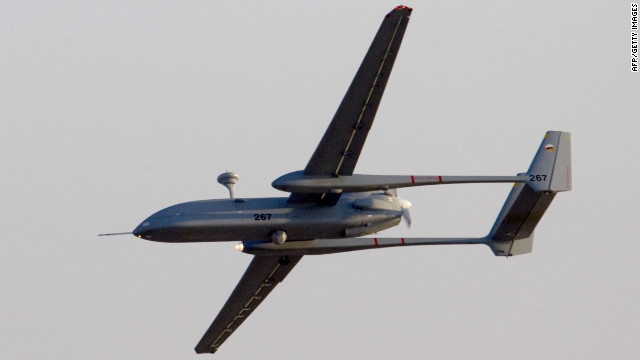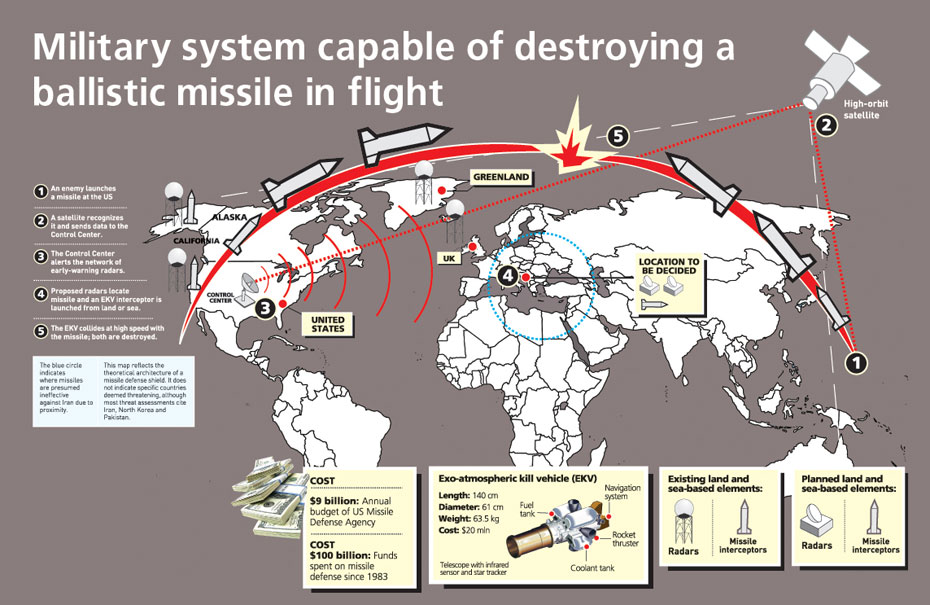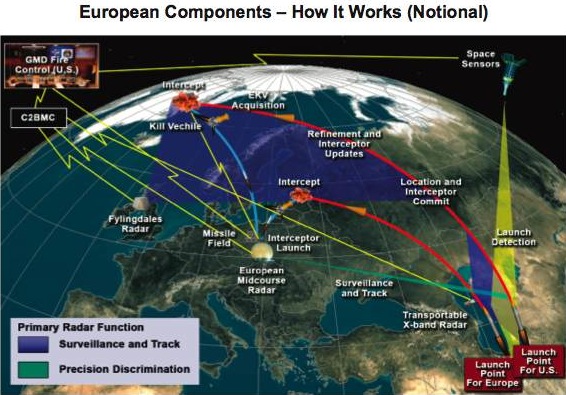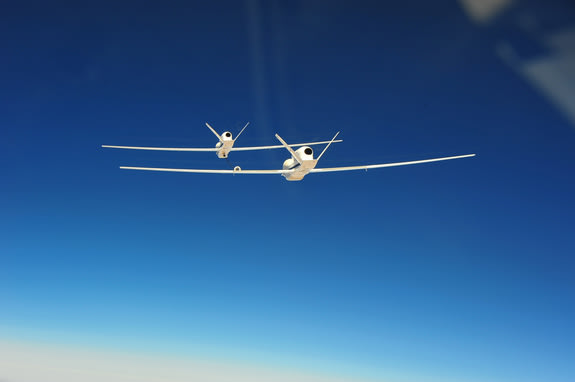
A decade ago, the United States had a virtual monopoly on drones.
Not anymore. According to
data compiled by the New America Foundation, more than 70 countries now
own some type of drone, though just a small number of those nations
possess armed drone aircraft.
The explosion in drone
technology promises to change the way nations conduct war and threatens
to begin a new arms race as governments scramble to counterbalance their
adversaries.
Late last month, China announced
that it would use surveillance drones to monitor a group of uninhabited
islands in the South China Sea that are controlled by Japan but claimed
by China and Taiwan.
In August 2010, Iran unveiled
what it claimed was its first armed drone. And on Tuesday, the
country's military chief, Gen. Amir Ali Hajizadeh, disclosed details of a new long-range drone that he said can fly 2,000 kilometers (1,250 miles), which puts Tel Aviv easily in range.But without an international framework governing the use of drone
attacks, the United States is setting a dangerous precedent for other
nations with its aggressive and secretive drone programs in Pakistan and
Yemen, which are aimed at suspected members of al Qaeda and their
allies.
Just as the U.S.
government justifies its drone strikes with the argument that it is at
war with al Qaeda and its affiliates, one could imagine that India in
the not too distant future might launch such attacks against suspected
terrorists in Kashmir, or China might strike Uighur separatists in
western China, or Iran might attack Baluchi nationalists along its
border with Pakistan.
This moment may almost be here. China took the United States by surprise
in November 2010 at the Zhuhai Air Show, where it unveiled 25 drone
models, some of which were outfitted with the capability to fire
missiles.
It remains unclear just
how many of China's drones are operational and how many of them are
still in development, but China is intent on catching up with the United
States' rapidly expanding drone arsenal.
When President George W. Bush declared a "War on Terror" 11 years ago, the Pentagon had fewer than 50 drones.
Now, it has around 7,500.
As Bush embarked on that
war, the United States had never used armed drones in combat. The first
U.S. armed drone attack, which appears to be the first such strike
ever, took place in mid-November 2001 and killed the military commander
of al Qaeda, Mohammed Atef, in Afghanistan.
Since then, the CIA has
used drones equipped with bombs and missiles hundreds of times to target
suspected militants in Pakistan and Yemen.
Only the United States,
United Kingdom and Israel are known to have launched drone strikes
against their adversaries, although other members of the International
Security Assistance Force in Afghanistan, such as Australia, have "borrowed" drones from Israel for use in the war there.
Drone technology is proliferating rapidly.
A 2011 study estimated that there were around 680 active drone
development programs run by governments, companies and research
institutes around the world, compared with just 195 in 2005.
In 2010, U.S.-based General Atomics received export licenses to sell unarmed versions of the Predator drone to Saudi Arabia, Egypt, Morocco and the United Arab Emirates. And in March, the U.S. government agreed to arm Italy's six Reaper drones but rejected a request from Turkey to purchase armed Predator drones.
An official in Turkey's Defense Ministry said in July that Turkey planned to arm its own domestically produced drone, the Anka.
Israel is the world's
largest exporter of drones and drone technology, and the state-owned
Israeli Aerospace Industries has sold to countries as varied as Nigeria,
Russia and Mexico.
Building drones,
particularly armed drones, takes sophisticated technology and specific
weaponry, but governments are increasingly willing to invest the
necessary time and money to either buy or develop them, as armed drones
are increasingly seen as an integral part of modern warfare.
Sweden, Greece,
Switzerland, Spain, Italy and France are working on a joint project
through state-owned aeronautical companies and are in the final stages
of developing an advanced armed drone prototype called the Dassault nEURon, from which the France plans to derive armed drones for its air force.
And Pakistani
authorities have long tried to persuade the United States to give them
armed Predator drones, while India owns an armed Israeli drone designed
to detect and destroy enemy radar, though it does not yet have drones
capable of striking other targets.
The Teal Group, a defense consulting firm in Virginia, estimated in June that the global market
for the research, development and procurement of armed drones will just
about double in the next decade, from $6.6 billion to $11.4 billion.
Retweet this story

















